5 facts about Norilsk, one of the northernmost cities in the world

Norilsk (1,800 miles from Moscow) has neither ancient
The remoteness and bureaucracy scare off not just foreign tourists, but Russians as well. So if you do manage to get here, you'll be joining a very exclusive club. The Norilsk Development Agency says that the city is visited by about 200 foreigners a year, not counting people from the CIS.
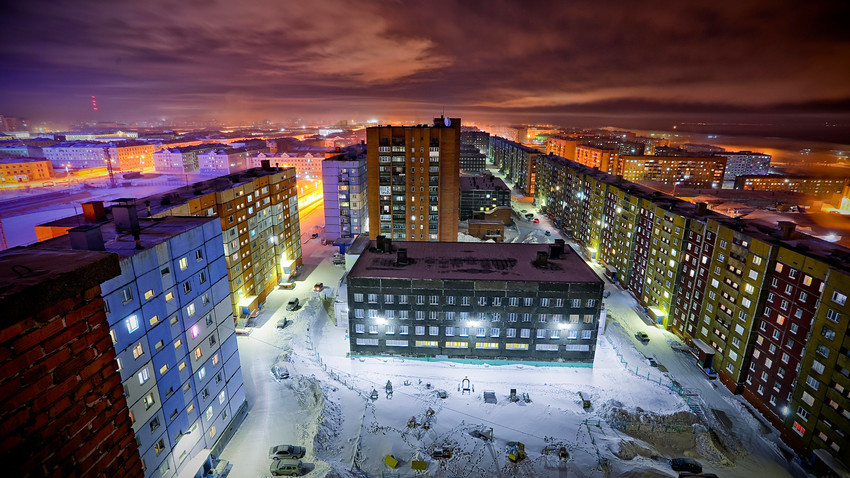
Residential buildings, Norilsk. The temperature has fallen to minus 42 degrees Celsius.
Maria Nikitich/SputnikNorilsk lies inside the Arctic Circle, and its history is a tale of remarkable human endeavor.
What to do if you find yourself in this living monument to the indestructibility of the human will?
1. Visit the Norilsk Golgotha

Norilsk is one of the largest industrial centers in Russia. But this “oasis in the center of a snowy desert” (as a local newspaper wrote back in the 1930s) was built by prisoners of the Norilsk Corrective Labor Camp (part of the Gulag) for them to “earn the forgiveness of the Soviet people.”
In the 1990s, the Norilsk Golgotha memorial was erected at the foot of Mount Schmidtich, where the remains of said prisoners were discovered. Its 56-meter-long “Last Gate” resembles the gates of ancient Siberian prisons. Here you can feel for yourself the human price the country paid to achieve the industrial miracle of the Far North.

2. See the northernmost architecture
Architecturally, Norilsk is an ordinary Soviet city. With the exception of a couple of buildings, there are no frills here.
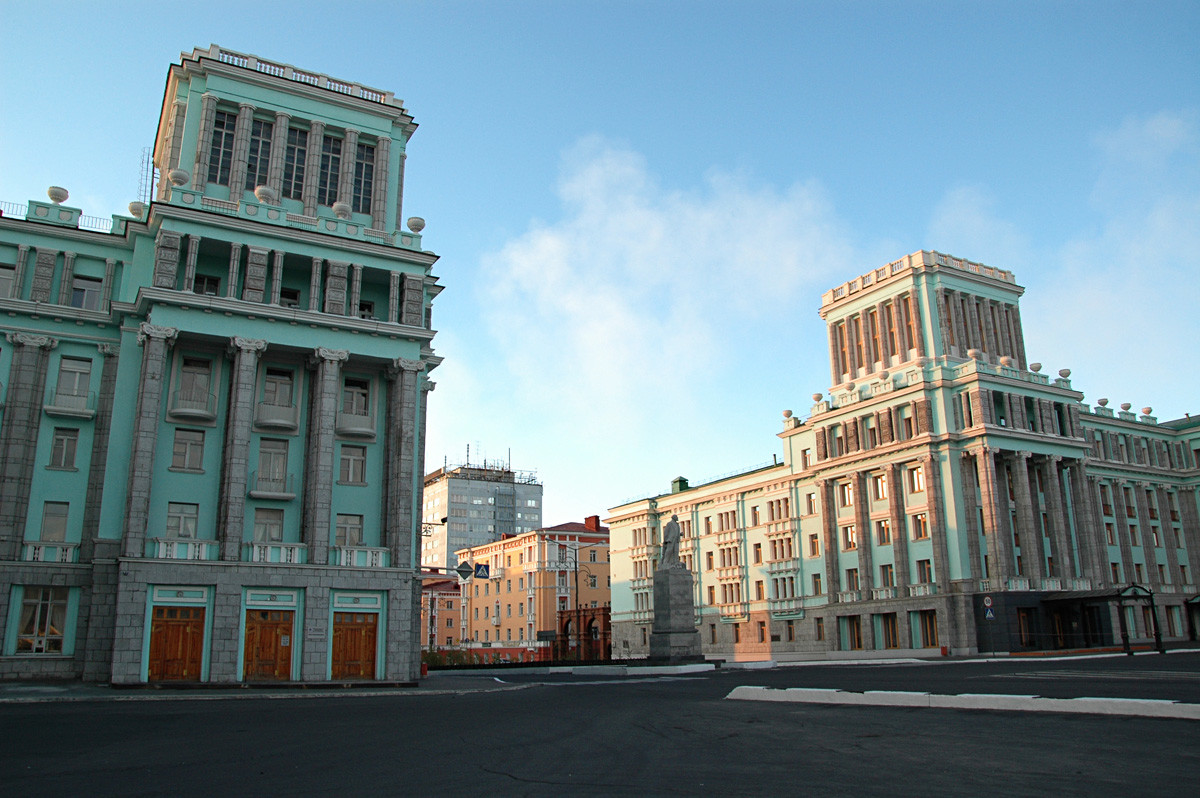
“Norilsk is a very tough city, and you see it from the beginning,” says U.S. Professor of Slavic Studies at Tulane University William Brumfield. He visited the city in October 2016 on the invitation of the Norilsk History Museum. “Apart from a couple of showcase streets built primarily by forced labor in the decade after the Great Patriotic War, the buildings show only the basics needed for survival. Stubbornness is essential for survival in Norilsk. The city and people cope with some of the most severe conditions on the planet.”
A unique feature of Norilsk is that the city is built on permafrost. Therefore, all the buildings stand on stilts, and the entrances are high up to avoid being blocked by snowdrifts
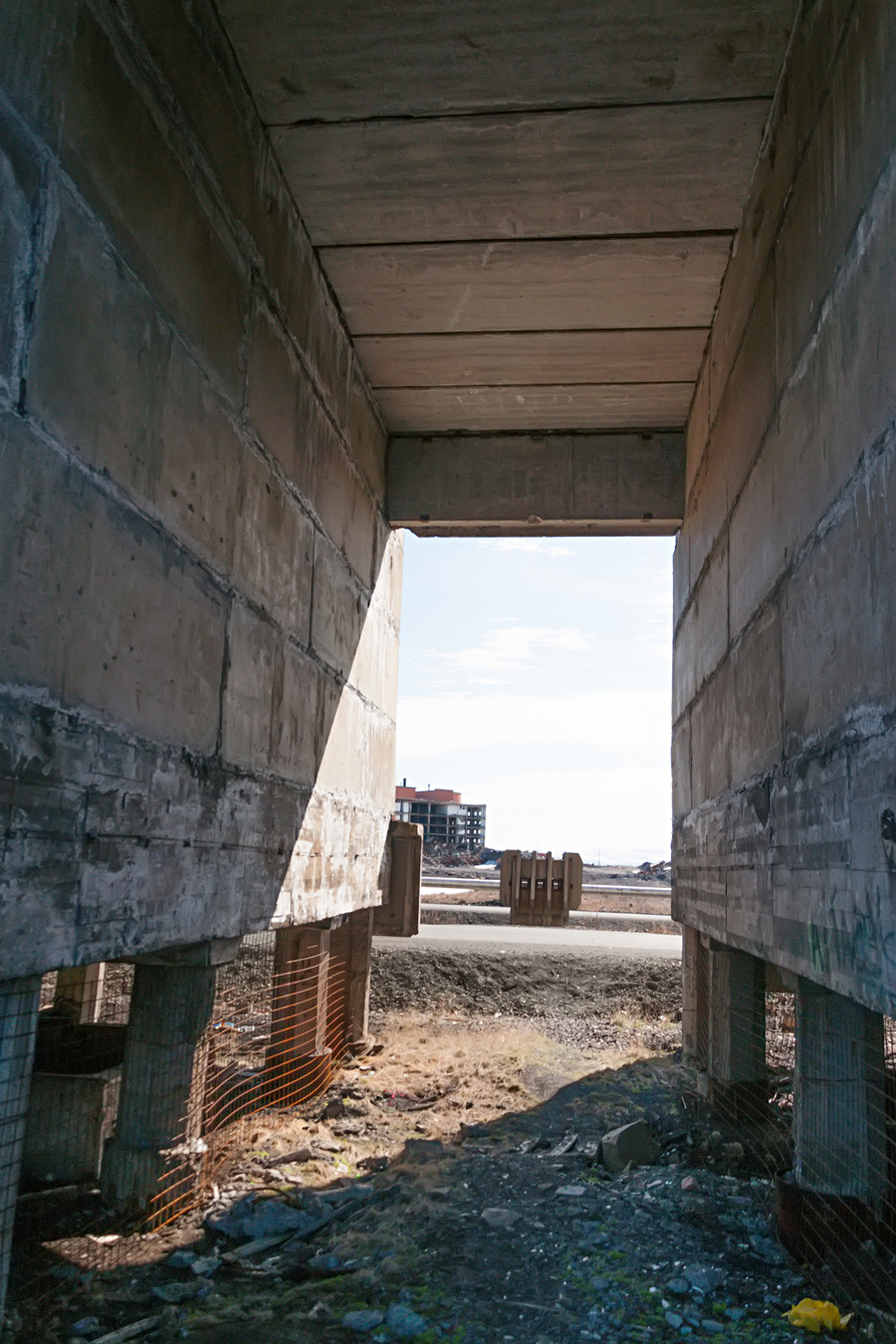
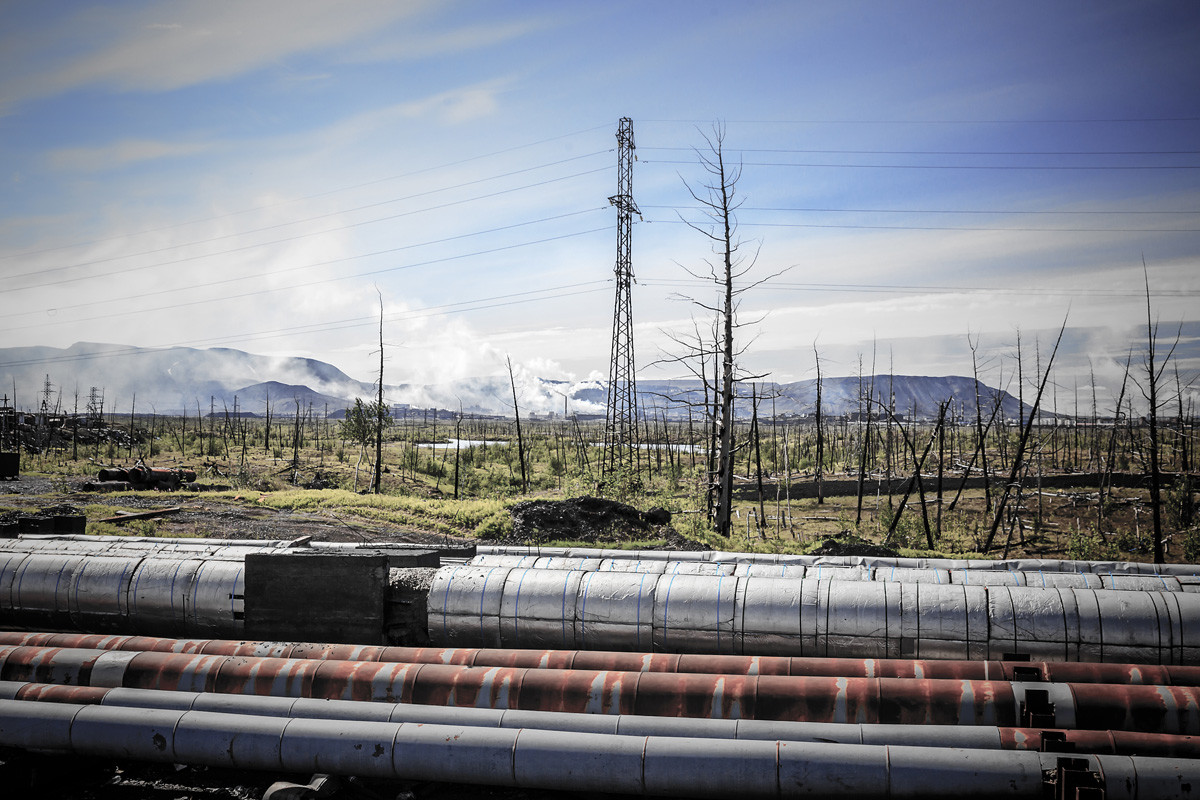
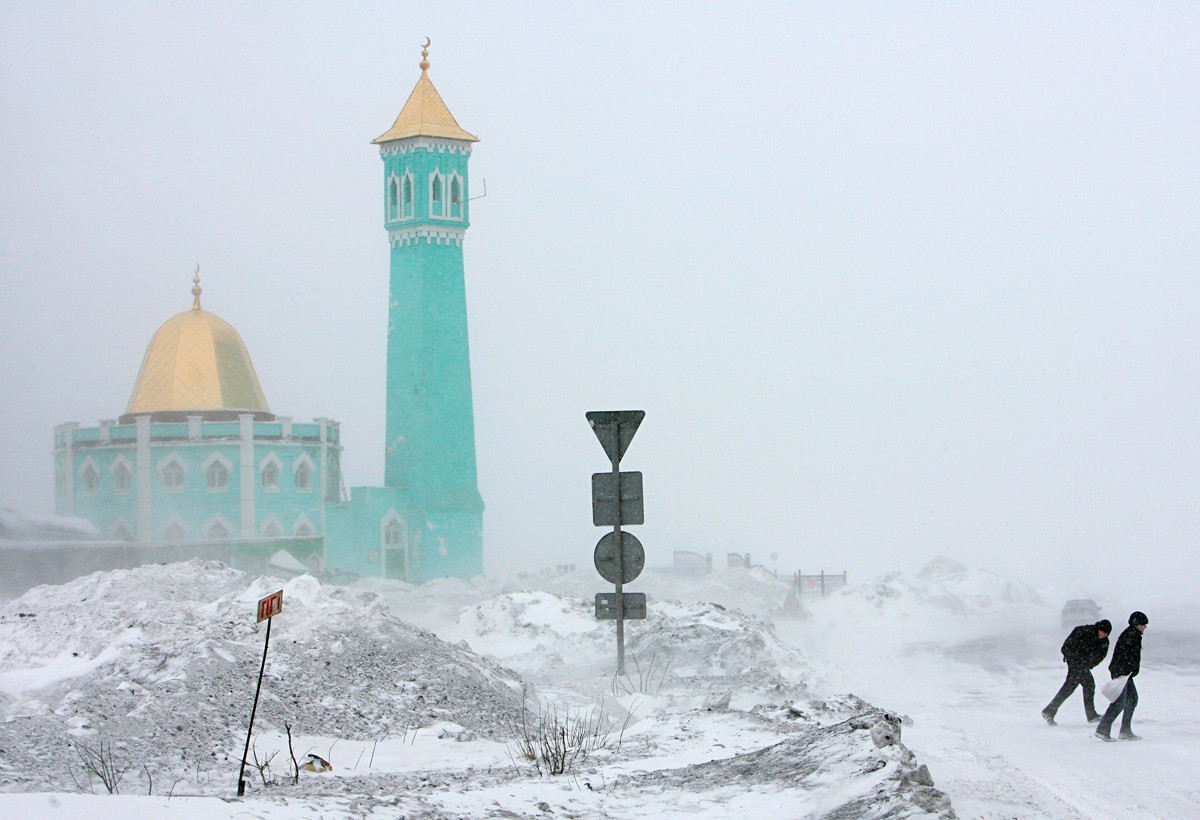
3. Feel the real winter
No, it’s not the coldest city in Russia, but the frost is still hellish, winter lasts from September to May, and snowdrifts can be seen even in July. In autumn, the temperature drops to minus 30 C, combined with the bitterly harsh winds from the north
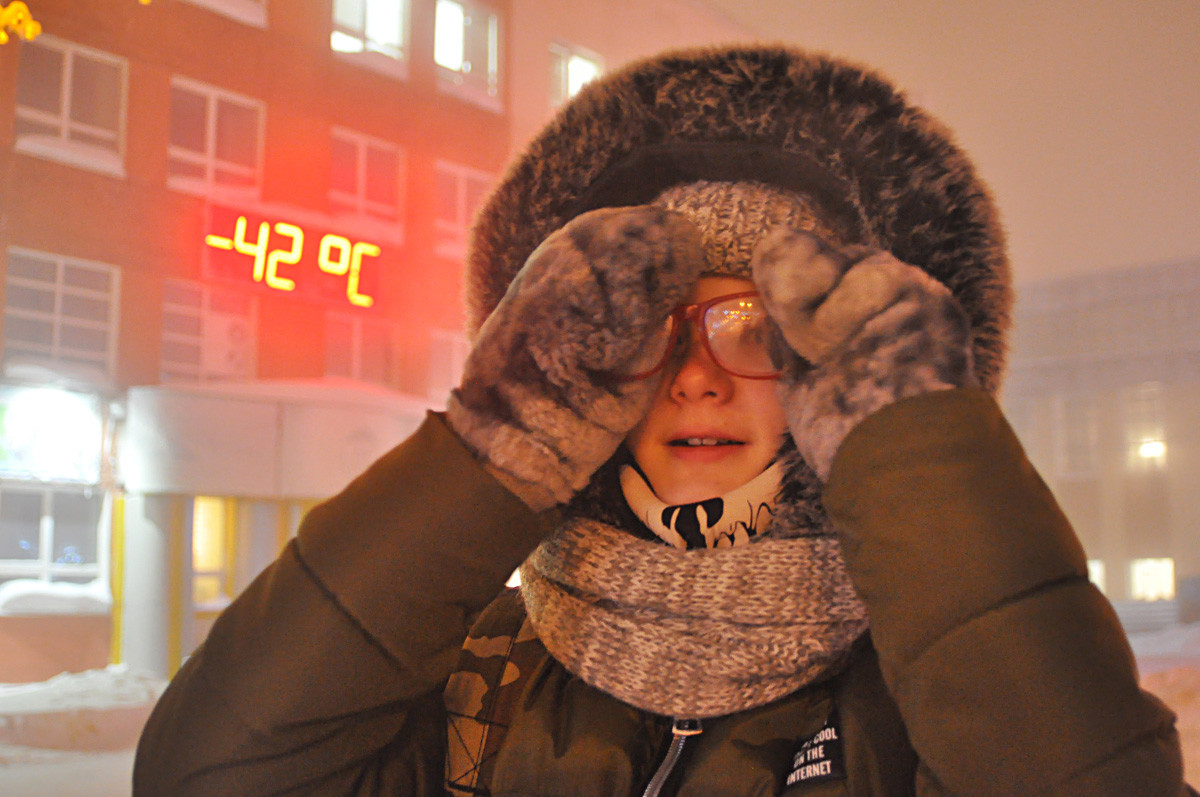
A girl is seen in a street at -42 degrees Celsius, Norilsk.
Denis Kozhevnikov/TASSThe wind and cold are not the
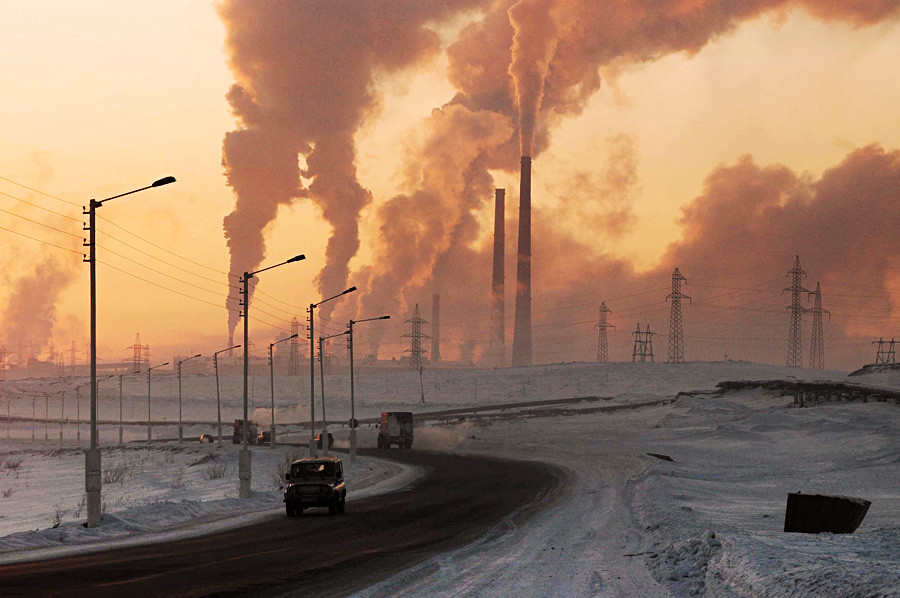
“In Norilsk, the cold weather is compensated by the warm-hearted people,” says Estonian journalist Jaanus Piirsalu, who was there in January 2018.
It does get hot on rare occasions, but admittedly not for long: residents joke that sometimes they miss summer because they had to work that day.
4. Change your outlook on the mundane
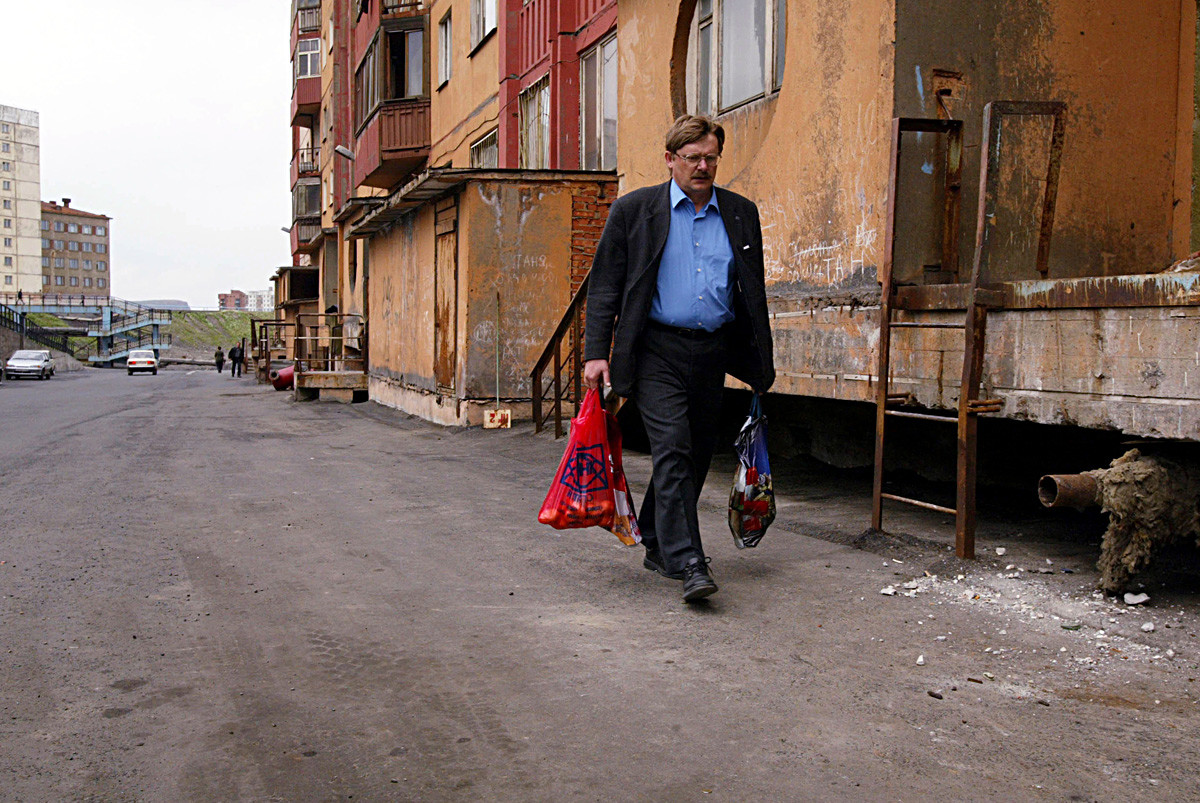
A man returns from the green market in Norilsk.
Getty ImagesOr going to a store. Cucumbers and tomatoes in Norilsk cost the same as an entire basket of products in central Russia. That’s because, as in the case of people, there are only two ways to deliver goods: either by ship along the Yenisei river (which takes forever
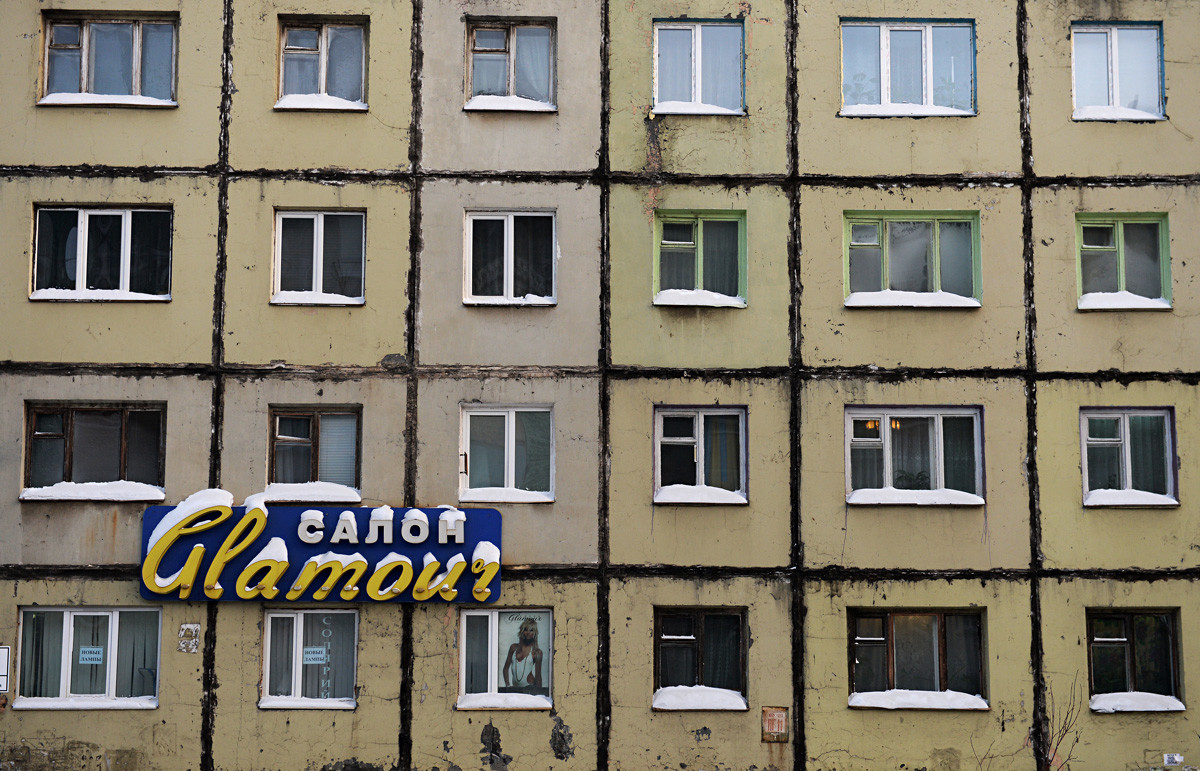
Facade of a building on Talnakhskaya Street in Norilsk.
Alexandr Kryazhev/Sputnik5. Find the heart of
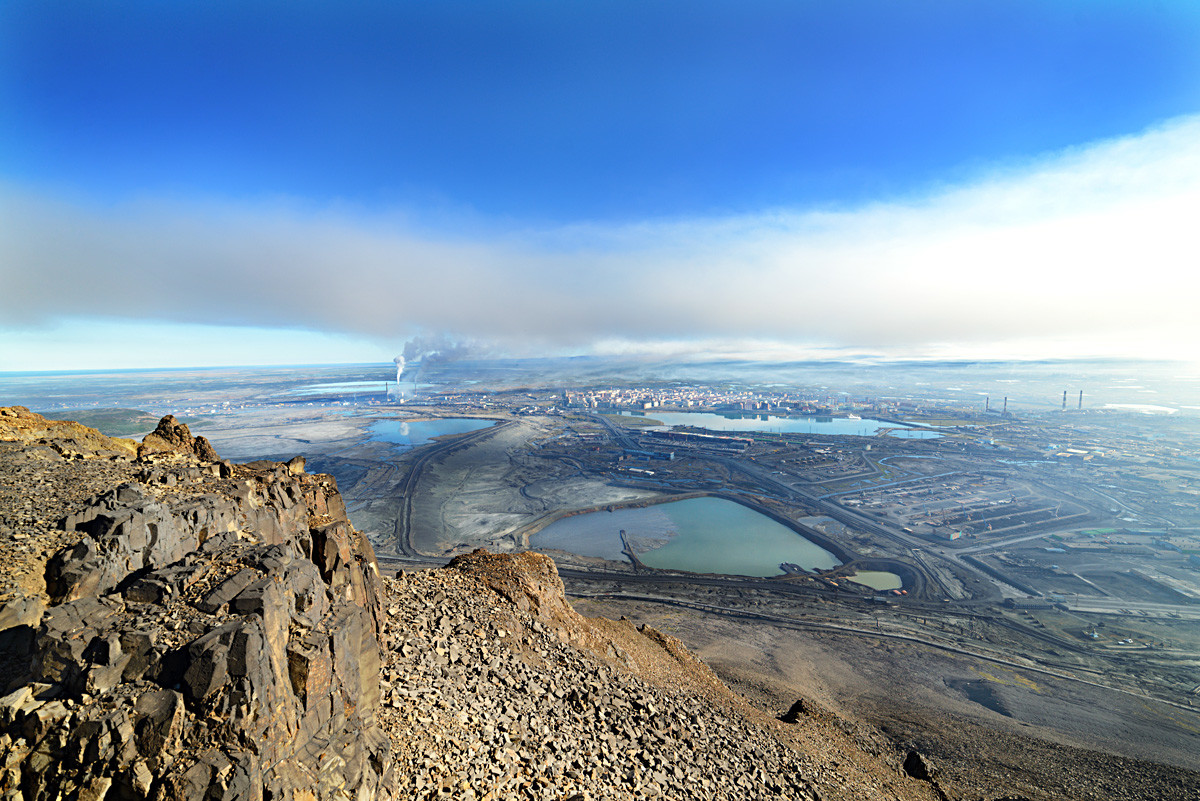
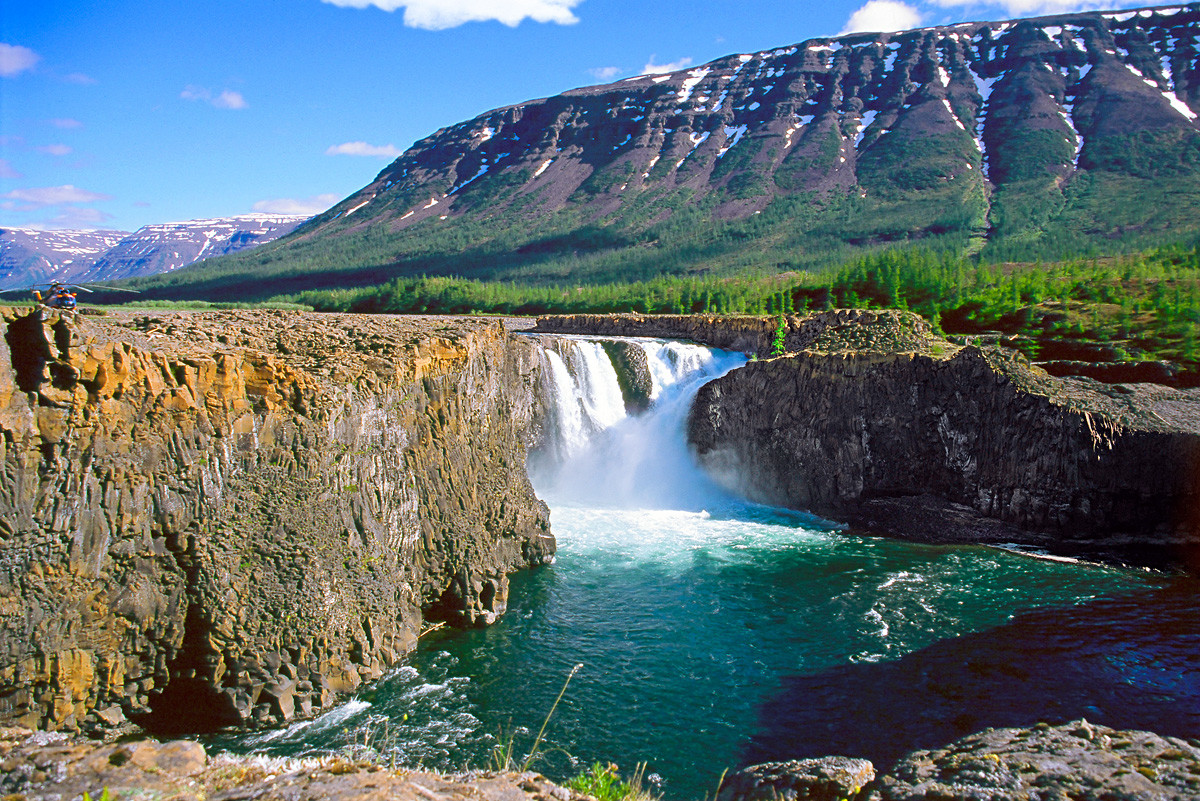
If using any of Russia Beyond's content, partly or in full, always provide an active hyperlink to the original material.
Subscribe
to our newsletter!
Get the week's best stories straight to your inbox